
Nature is all about interactions between living things. Some species interact with each other when hunting, when fighting for territory, and during other acts that evolve out of rivalry. However, there are some surprising species interactions that are beneficial and actually have some good intentions. Some animals team up in order to benefit from the specializations they each have and help each other search for prey, creating a symbiotic relationship that is truly fascinating. In this article, we are going to look at 10 such fascinating animal partnerships!
1. Ravens Guide Wolves to Prey
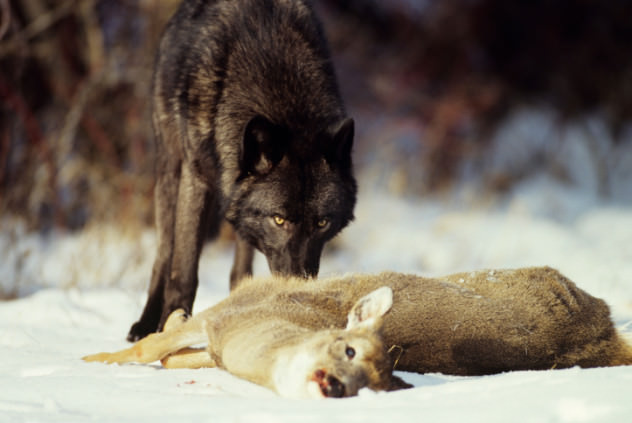
This remarkable partnership between ravens and wolves is a fascinating example of interspecies cooperation, and it goes beyond simply spotting prey. This relationship is believed to be one of mutualism, where both species receive benefits that aid their survival. While the raven's role in the partnership is to guide the wolf to potential prey, the wolf, in turn, plays the part of the skilled hunter, using its strength and pack hunting strategies to bring down prey that would otherwise be too large or dangerous for the raven to tackle alone.
Ravens are known for their intelligence and adaptability, and they have learnt to follow wolves, not just for the benefit of finding food, but also for the advantage of safety. The presence of wolves can deter other predators from approaching a kill, providing the raven with relatively undisturbed access to food.
This relationship isn't one-sided either. Wolves, despite their hunting prowess, can struggle to find hidden prey, especially in the harsh winter months when food is scarce. Ravens, with their aerial view and keen eyesight, can be crucial in leading wolves to their next meal.
These two species have thus developed a symbiotic relationship that allows them to thrive in environments where survival can be challenging. This interspecies alliance showcases the complexity and adaptability of behaviors within the animal kingdom.
2. Carrion Beetles and Their Mite Minions
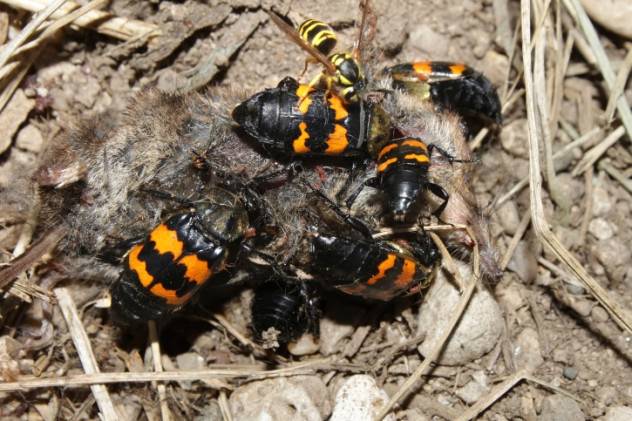
The relationship between carrion beetles and mites is another fascinating instance of symbiosis in the natural world. This partnership emerges around carrion - the decaying flesh of dead animals - a valuable, but fiercely contested resource in many ecosystems. Carrion beetles, true to their name, are key players in this arena. They lay their eggs in the carrion so their larvae can feed on the meat once they are hatched. However, the beetles also face stiff competition from other insects attracted to the same food source.
This is where the mites come into play. Hitching a ride on the beetles' back, the mites are transported to the next carcass. There, they feed on the eggs and larvae of other insect species, reducing the competition for the carrion beetles' own larvae.
The mites benefit from this arrangement by gaining a reliable means of transportation to food sources. They also consume some of the beetles' competitors, increasing their own chances of survival. Additionally, it is believed that the mites perform a kind of cleaning service for their beetle hosts, removing bacteria and fungi that could potentially harm the beetles. This association between carrion beetles and mites showcases the intricate interconnectedness of life. Even in the process of decay and death, new partnerships form, and life finds a way to persist and flourish.
3. Daniel Greene and His Seizure Snake
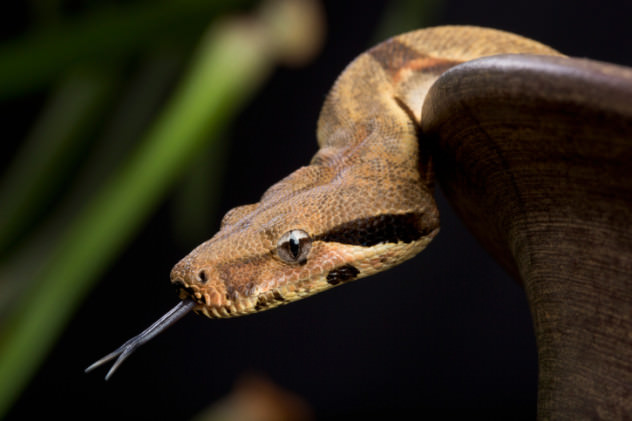
Daniel Greene, who suffers from grand mal seizures, uses an unconventional service animal that has apparently become extremely vital to his life. He carries a 5-foot-long boa constrictor, called Bedrock, around his neck. The snake notices whenever a seizure would be coming on, at which point it would stiffen and squeeze his neck slightly to help its owner. Bedrock is also essential for giving enough warning for Daniel to de-stress and take medication in due time, to prevent the seizure and treat it safely.
4. Badgers and Coyotes Team Up
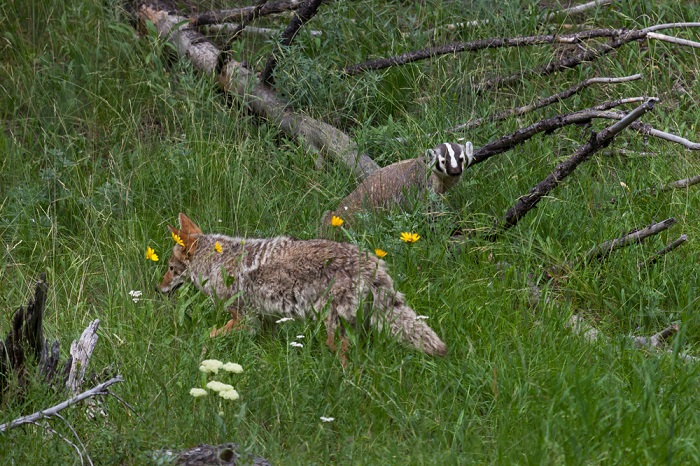
The alliance between coyotes and badgers is another remarkable example of interspecies cooperation. This pairing, often seen in the American West, works efficiently together to maximize their shared hunting success. Their partnership capitalizes on the unique hunting strengths of each: the badger's burrowing prowess and the coyote's speed and agility.
The coyote and badger's cooperative hunting technique takes advantage of the rodents' primary defense mechanism: their ability to evade predators by disappearing into complex burrow systems. The badger, with its strong forelimbs and long, sharp claws, is an expert digger, capable of excavating rodents from their underground homes. The coyote, on the other hand, is a swift runner, able to catch rodents that attempt to escape on the surface.
The relationship between the coyote and the badger is a practical one. It increases their hunting efficiency and success rate, which is especially important in harsh conditions where food may be scarce. Moreover, it is believed that these two species are more successful at hunting when they work together than when they hunt the same prey independently.
Beyond the direct benefits of increased hunting success, this partnership reduces the energy expenditure for both species, as they share the workload of the hunt. This cooperation showcases the complexity of nature and the surprising relationships that can form in the pursuit of survival.
5. Frogs protect spider eggs for shelter 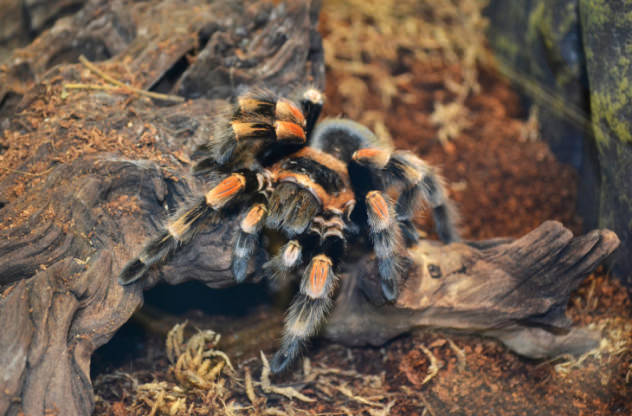
The Colombian Lesser black tarantula and the dotted humming frog can easily be rivals. However, they've become loyal friends ever since they discovered what they can do for each other. These two animal species have been spotted sharing a burrow created by the spider. The frog is happy to feed on the small invertebrates that are attracted to the remains of the spider's kills, while the spider spares some shelter for the frog to protect it from its predators, which wouldn't dare enter the burrow of a large hunting spider. In order to let the frog in, the spider needs to pick it up, examine it, and immediately release it when it senses the chemical cues of the frog.
6. Pistol Shrimps make Goby fish their assistants
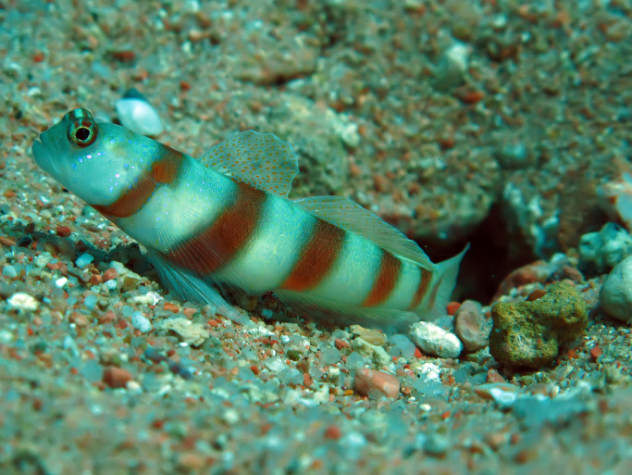
The symbiotic relationship between the pistol shrimp and goby fish is a classic example of mutualism, where both parties benefit. This unusual pairing, often found in tropical seas, combines the pistol shrimp's industrious digging skills and fierce defensive snapping with the goby fish's keen eyesight and vigilance.
The pistol shrimp, while a formidable defender, has poor vision. It compensates for this by forming a partnership with the goby fish. The shrimp maintains tactile contact with the goby's tail as it goes about its activities. The goby, with its excellent vision, keeps a lookout for danger. If a predator approaches, the goby flicks its tail as a warning signal. Both the shrimp and the goby quickly retreat to the safety of the burrow, which the shrimp maintains and expands.
In return for its sentinel services, the goby is granted refuge in the burrow at night or when danger is present. This mutually beneficial partnership provides the goby with a safe haven while giving the shrimp a much-needed early warning system.
The intricacies of this relationship demonstrate the amazing adaptability of species to their environment and circumstances. It's a compelling testament to the resourcefulness and resilience of life in the ocean, where even the smallest creatures can form alliances for survival.
7. CIA-Trained Ravens Aid Humans in Spying 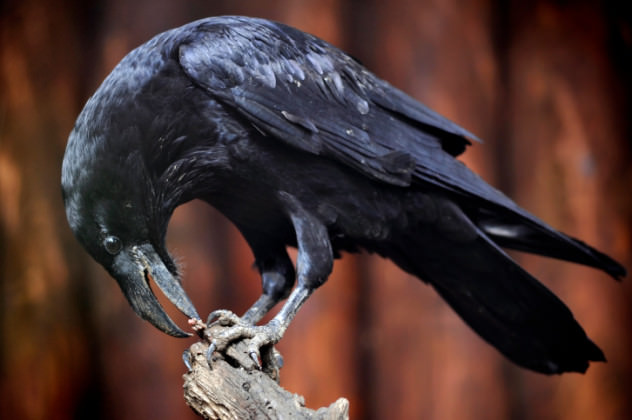
After the IQ Zoo trained chickens to play baseball and pigs to play the piano, it wasn't so difficult to train a raven in espionage research. Testing proved that ravens can actually make brilliant spies. They have been trained to do specific tasks associated with this, such as taking pictures with a special camera fitted onto its beak. This was made possible by directing the bird to a window using a laser pointer and training them to press the little spy camera against a window. The ravens' intelligence took them further in training, where they eventually learned to open file drawers and carry folders.
8. Moray Eel and Grouper Share their Prey 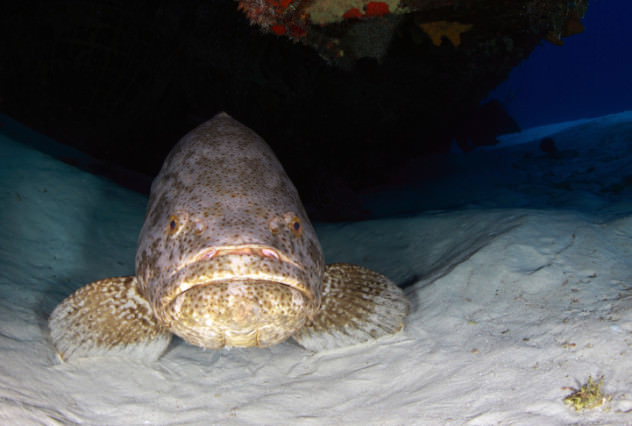
The cooperative hunting between the grouper fish and the moray eel is a riveting illustration of symbiosis in the marine world. Although disparate in size and typical hunting strategies, these two predators have found a way to work together to increase their chances of securing a meal.
The grouper fish, large and less agile, struggle to access prey that hide in narrow crevices and complex reef structures. Conversely, the moray eel, with its slender, elongated body, is designed to navigate precisely such tight spaces. When the grouper locates prey it can't reach, it performs a unique "dance" - shaking its head to get the attention of a nearby moray.
The moray eel, recognizing this signal, emerges from its den and follows the grouper to the prey's hiding spot. It then uses its flexible body to reach into the crevices and flush out or capture the prey. Depending on the circumstances, the moray might consume the prey itself or leave it for the grouper. This unusual partnership benefits both species by increasing their hunting success rate in the challenging environment of the coral reef. The grouper and moray eel alliance demonstrates the intricate complexity of behaviors and relationships within the animal kingdom, underscoring how even seemingly unlikely pairs can form productive partnerships.
9. Meat Ants Give Caterpillars the Royal Treatment 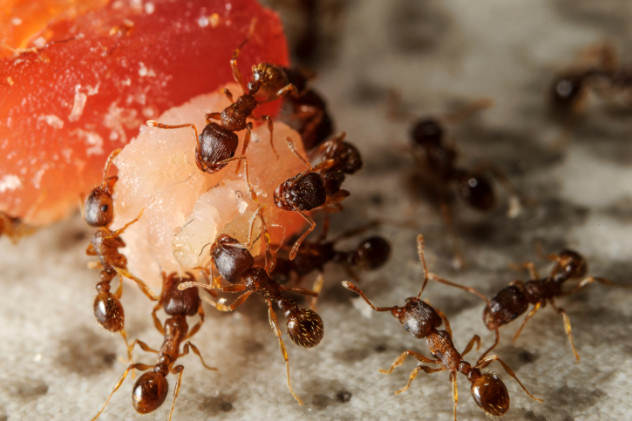
Meat ants are known to control their territory incredibly well by fiercely patrolling the boundaries, which other meat ants wouldn't dare cross unless they want to be kicked out by their hind legs. These ants can even release foul-smelling chemicals to keep animals out of their territory, and of course, swarm and kill the animal if it suits their appetite. However, they don't do this to certain species of caterpillars, which can turn out to be beneficial to them. The caterpillars can secrete sugary fluids that the ants consume, and in turn are protected by the ants from their predators.
10. A Killer Whale Helps Human Whalers Do their Job 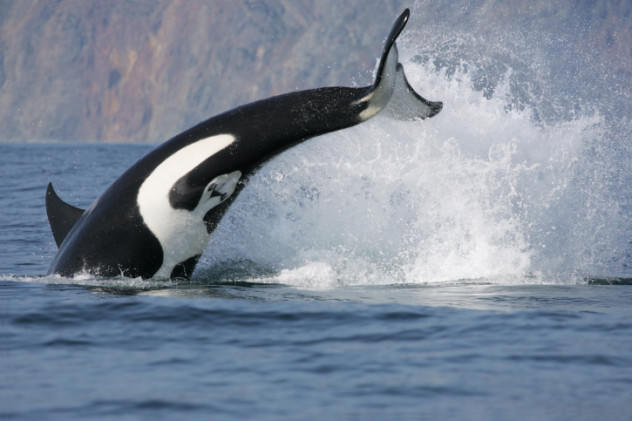
During the 1860s, the Davidson family was running an established whaling station on the shores of Twofold Bay in Australia. Every year, they would spot a pod of orcas, which they at first feared would interfere with the whales in the station. On the contrary, the leader orca of the pod, which became known as Old Tom, would drive baleen whales into Twofold Bay and trap them there. He would even let the whalers know about this by jumping and slapping the water with its tail. It has also been said that the orcas even protected the whalers out at sea from sharks. After the whales were killed and left in the water overnight, Old Tom and his pod would feed on the lips and tongues of the dead whales.